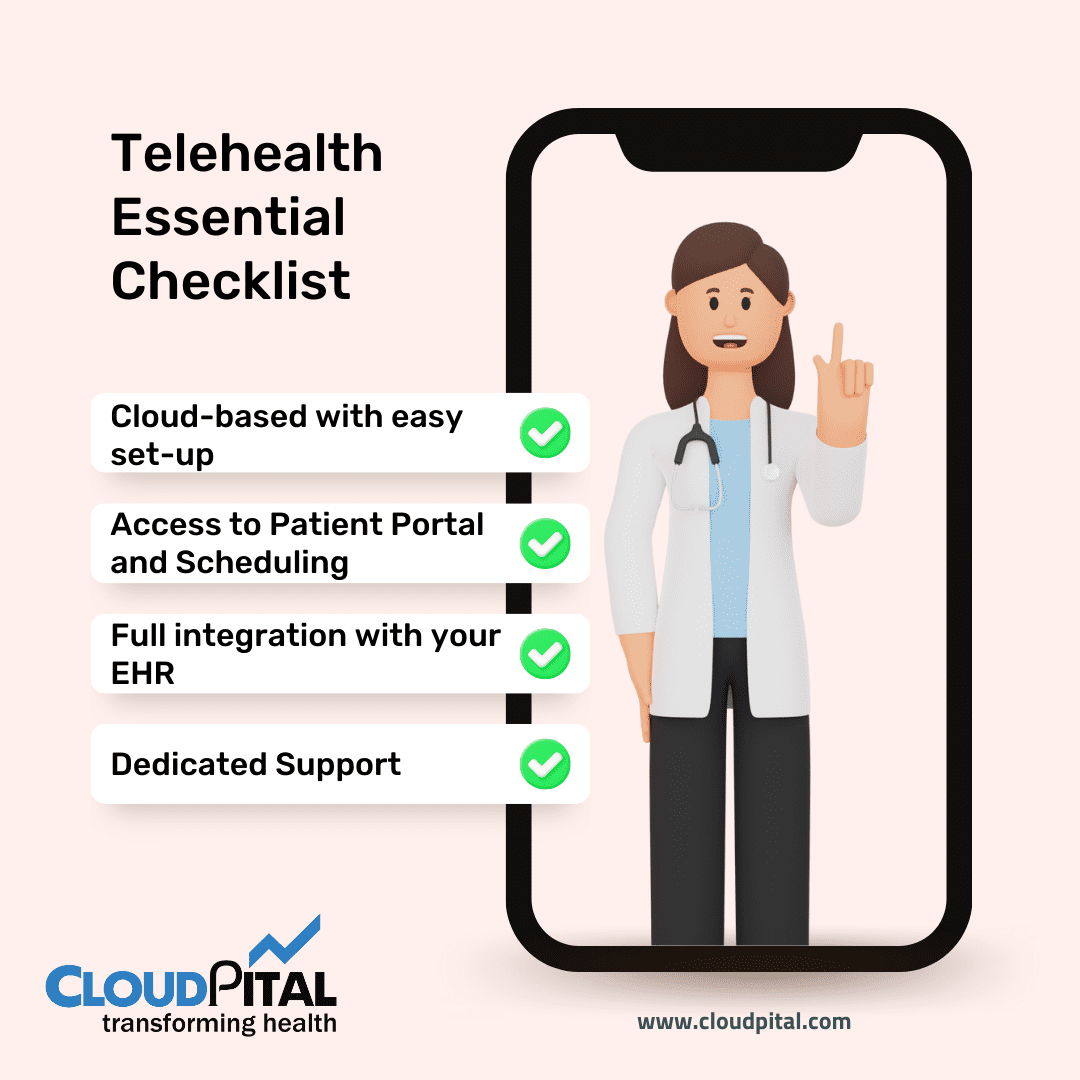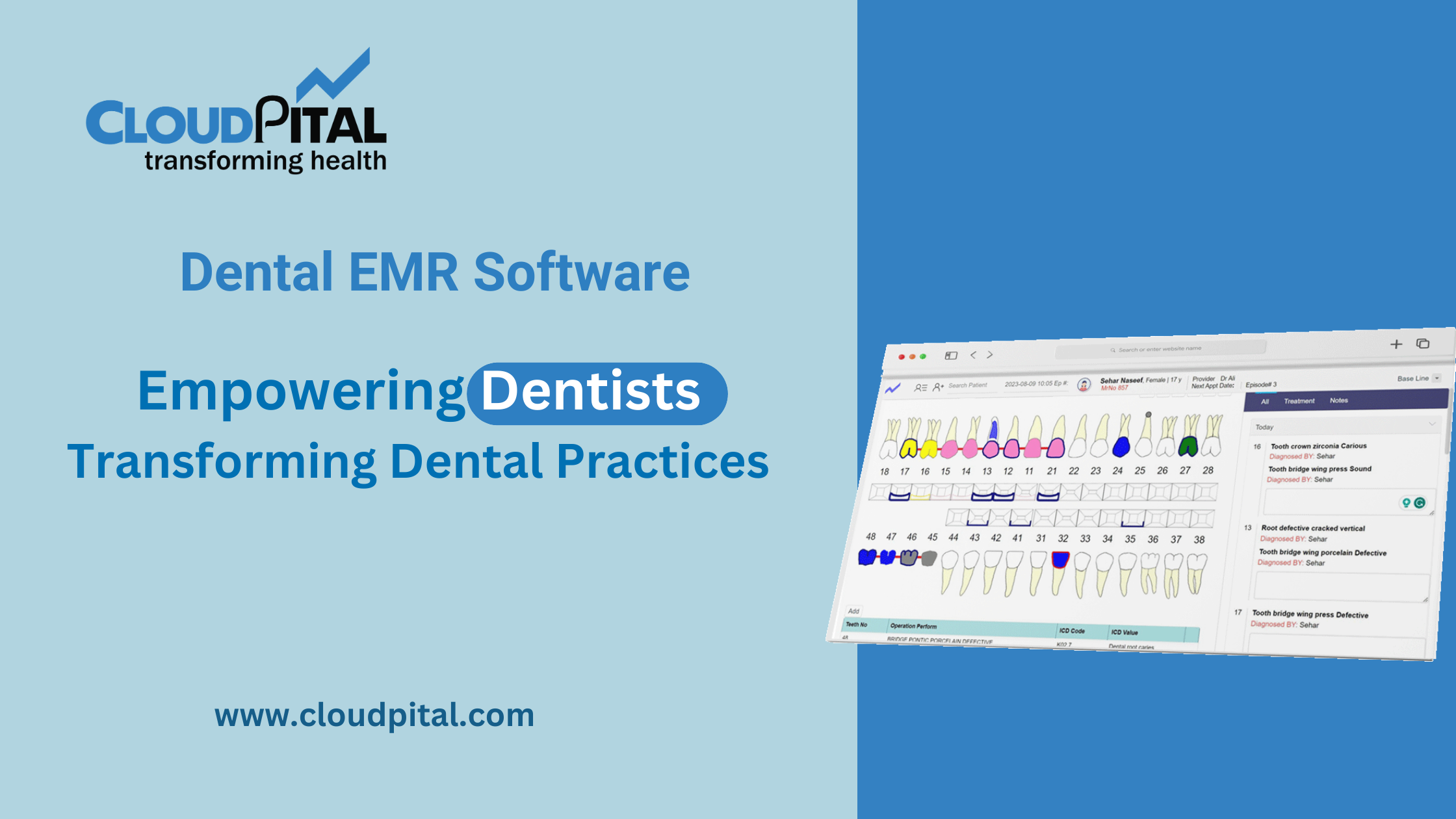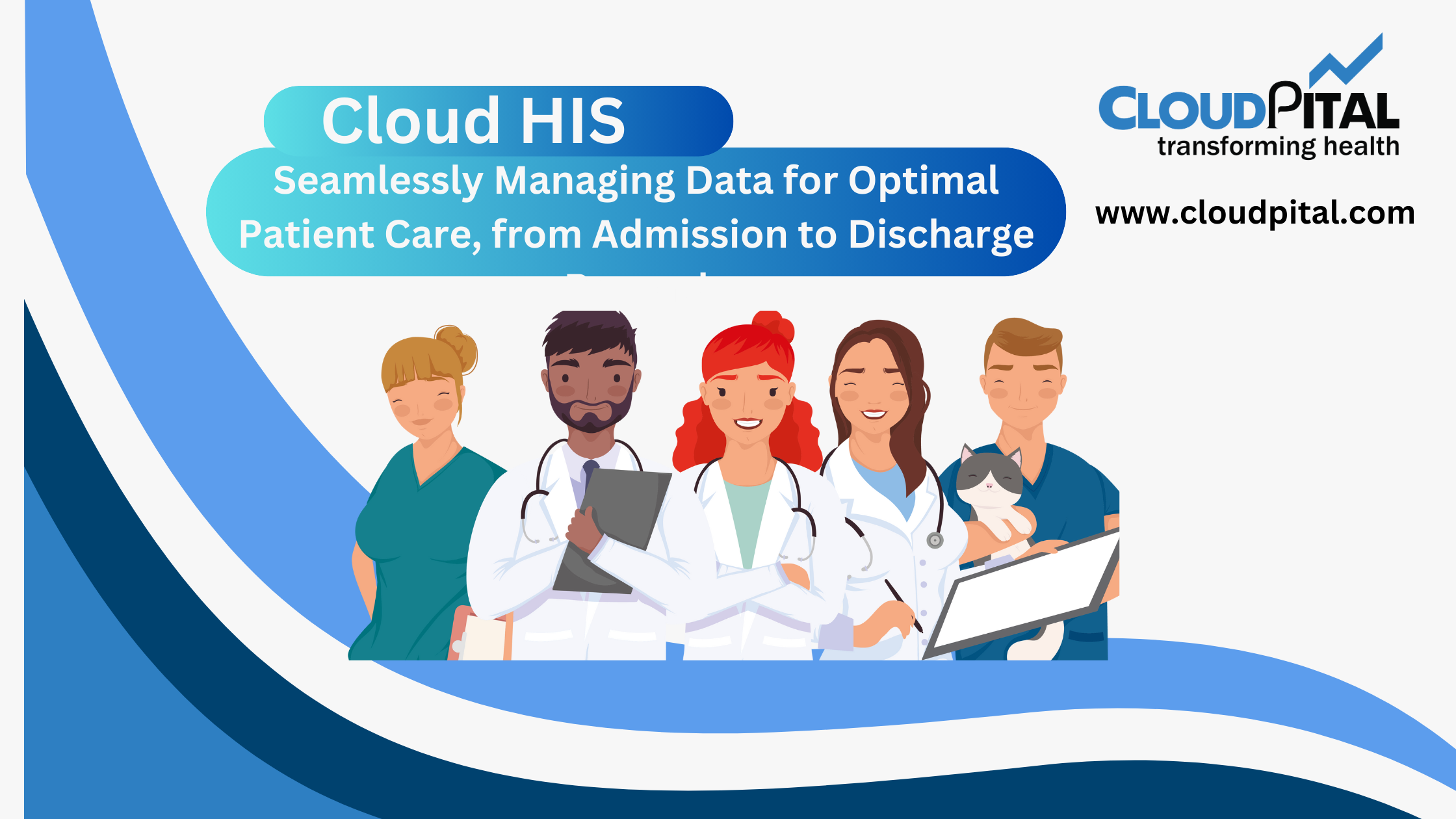Cloudpital # 1 is one of the top Remote Patient Monitoring industry has undergone a transformation driven by advancements in technology. Remote Patient Monitoring (RPM) and telemedicine are key innovations reshaping patient care. These two complementary technologies have paved the way for more accessible, efficient, and patient-centric healthcare services. Remote Patient Monitoring supports telemedicine by providing real-time patient data and enabling continuous care beyond traditional clinical settings. Together, they represent the future of healthcare delivery, ensuring better outcomes for patients while reducing the strain on healthcare providers.
Click to Start Whatsapp Chatbot with Sales
Mobile: +966547315697
Email: sales@cloudpital.com
Cloudpital # 1 Remote Patient Monitoring

What is Remote Patient Monitoring?
Remote Patient Monitoring refers to the use of technology to track patients’ health data outside of clinical environments. Through wearable devices, mobile apps, and home-based monitoring systems, RPM collects and transmits real-time data on a variety of health metrics such as blood pressure, heart rate, glucose levels, oxygen saturation, and more. This data is sent directly to healthcare providers, who can assess the patient’s condition and intervene when necessary, all without the patient needing to visit a clinic or hospital. RPM is widely used for managing chronic conditions like diabetes, hypertension, heart disease, and respiratory illnesses. It empowers healthcare providers with continuous insights into a patient’s health status, enabling proactive interventions, early diagnosis of potential issues, and timely adjustments to treatment plans.
What is Telemedicine?
Telemedicine refers to the delivery of healthcare services remotely via telecommunication technologies. It allows patients to consult with healthcare providers over video calls, phone calls, or even through chat interfaces. Telemedicine eliminates the need for patients to visit a healthcare facility, providing convenient access to care from the comfort of their own homes. Initially, telemedicine was used for basic consultations and follow-ups. However, with advancements in technology, it has evolved to support more complex services such as specialist consultations, mental health support, and remote diagnostics. By breaking down geographical barriers and reducing wait times, telemedicine is helping to make healthcare more accessible and cost-effective.
The Symbiotic Relationship Between RPM and Telemedicine
While RPM and telemedicine are separate technologies, they work in harmony to deliver more comprehensive and continuous care. RPM provides telemedicine services with the real-time data necessary for accurate remote diagnosis and treatment. By collecting and transmitting patient health metrics, RPM complements telemedicine consultations, making them more informed and actionable.
Here are some key ways RPM enhances telemedicine:
Real-Time Data for Informed Consultations
One of the most significant challenges of telemedicine is the absence of physical exams, which are traditionally a cornerstone of medical consultations. RPM bridges this gap by providing healthcare providers with real-time, accurate data from wearable devices and home-monitoring systems. For example, during a virtual telemedicine consultation, a doctor can review a patient’s recent blood pressure readings or glucose levels and make informed decisions about treatment plans. This access to continuous, real-time data is especially crucial for patients with chronic conditions. Rather than relying on sporadic office visits, where health data may not be entirely representative of the patient’s day-to-day condition, healthcare providers can assess comprehensive, real-time data that offers a clearer picture of the patient’s health trends over time.
Early Detection and Preventive Care
By constantly monitoring health metrics, Remote Patient Monitoring enables the early detection of potential issues, allowing healthcare providers to intervene before a minor issue escalates into a serious health problem. Telemedicine consultations, powered by RPM data, enable doctors to act quickly and efficiently, offering preventive care in a virtual setting. For instance, if a patient with hypertension shows an upward trend in their blood pressure over several days, the healthcare provider can address the issue during a telemedicine consultation, adjust medications, or recommend lifestyle changes before the condition worsens. This level of proactive care helps prevent hospitalizations and emergency room visits, saving both time and resources.

Continuous Monitoring for Post-Surgical Care
For patients recovering from surgery, regular follow-up appointments are crucial for ensuring proper healing and preventing complications. EHR Systems in Saudi Arabia allows healthcare providers to monitor a patient’s recovery remotely. Devices can track vital signs like heart rate, temperature, and oxygen levels, alerting providers to any concerning changes. Telemedicine plays a complementary role by providing a platform for virtual follow-up consultations. Instead of requiring patients to return to the hospital for check-ups, providers can assess recovery progress based on RPM data and conduct follow-up consultations remotely. This not only enhances patient comfort but also reduces the risk of post-surgical infections, especially for patients with weakened immune systems.
Improved Chronic Disease Management
Patients with chronic illnesses often require regular monitoring and frequent consultations. RPM, combined with telemedicine, offers a solution that enables continuous care without the need for constant in-person visits. RPM devices can track vital signs, blood glucose levels, oxygen saturation, and other key health metrics, providing healthcare providers with continuous insights into the patient’s condition. Telemedicine provides the platform for frequent consultations where this data can be reviewed and discussed. This streamlined approach to managing chronic diseases helps prevent complications, reduces hospitalizations, and ensures that patients adhere to their treatment plans. RPM’s data, analyzed in conjunction with telemedicine consultations, allows for personalized care plans that adapt to the patient’s evolving health needs.
Enhanced Patient Engagement and Adherence
Both RPM and telemedicine encourage greater patient engagement. Patients are empowered to take an active role in managing their health, using monitoring devices to track their progress and sharing the data with healthcare providers in real time. This creates a sense of accountability and fosters adherence to treatment plans. Telemedicine enhances this engagement by providing patients with direct access to their healthcare providers whenever they have questions or concerns. Virtual consultations are more convenient than traditional visits, making it easier for patients to seek medical advice when they need it. Together, RPM and telemedicine create a system where patients feel more connected to their care, leading to better outcomes.
Key Benefits of RPM-Enhanced Telemedicine
The integration of RPM with telemedicine services offers several key benefits for both patients and healthcare providers:
Increased Access to Care
For patients in remote or rural areas, accessing healthcare can be challenging due to the scarcity of local medical facilities. RPM enables these patients to receive continuous care from specialists without needing to travel. Combined with telemedicine, which provides virtual consultations, RPM ensures that even patients in underserved areas can receive timely, high-quality care.
Cost-Effective Healthcare Delivery
RPM reduces the need for in-person consultations, hospital admissions, and emergency room visits. Patients can manage their health conditions from home, reducing the cost of transportation and hospital stays. Telemedicine further reduces healthcare costs by allowing patients to access medical services without needing to take time off work or pay for travel expenses. For healthcare providers, RPM reduces the strain on resources by minimizing the need for constant in-person visits. Providers can monitor multiple patients remotely, allowing for more efficient allocation of time and resources.
Better Health Outcomes
The combination of RPM and telemedicine leads to better health outcomes for patients. Continuous monitoring allows for the early detection of health issues, leading to faster interventions. Patients can receive immediate adjustments to their treatment plans, reducing the risk of complications. The convenience of telemedicine ensures that patients are more likely to adhere to their treatment plans and attend follow-up consultations, leading to improved long-term outcomes.
Greater Convenience for Patients
RPM eliminates the need for frequent trips to the doctor’s office, especially for routine check-ups and follow-ups. Patients with chronic illnesses, in particular, benefit from the ability to monitor their condition from home. Telemedicine makes healthcare more convenient by offering virtual consultations, ensuring that patients can access medical advice whenever they need it.
The Future of Telemedicine and RPM
The COVID-19 pandemic accelerated the adoption of telemedicine and RPM, as healthcare providers sought ways to deliver care remotely while minimizing the risk of virus transmission. As both technologies continue to evolve, they are likely to become integral components of healthcare delivery worldwide. Advances in artificial intelligence (AI) and machine learning will further enhance the capabilities of PMS, allowing for predictive analytics and personalized care. AI algorithms can analyze the vast amounts of data generated by RPM devices, identifying trends and potential issues before they become serious health concerns.
The integration of RPM and telemedicine with electronic health records (EHR) and other digital health platforms will create a more seamless healthcare experience for both patients and providers. The future of healthcare is likely to be characterized by continuous, data-driven care that is accessible to all, regardless of geographical location.
Conclusion
Remote Patient Monitoring and telemedicine are revolutionizing healthcare by making it more accessible, efficient, and patient-centric. RPM enhances telemedicine by providing real-time data that allows for more informed and proactive care. Together, these technologies empower patients to take control of their health, improve chronic disease management, and reduce healthcare costs. As the adoption of RPM and telemedicine continues to grow, they will play an increasingly important role in shaping the future of healthcare delivery, ensuring better outcomes for patients and more efficient resource utilization for healthcare providers.
Click to Start Whatsapp Chatbot with Sales
Mobile: +966547315697
Email: sales@cloudpital.com
EHR Systems in Saudi Arabia
EHR Systems in Saudi Arabia
EHR Systems in Saudi Arabia
How Remote Patient Monitoring Supports Telemedicine Services? similar software solutions prices were updated on 2025-06-15T18:26:00+00:00 in Saudi Arabia in Mecca, Medina, Riyadh, Khamis Mushait, Yanbu, Jeddah, Dammam, Unaizah, Uqair, Ha’il, Ta if, Al Bahah, Dhahran, King Abdullah Economic City, Najran, Diriyah, Qatif, Khafji, Jubail, Abqaiq, List of Cities and Towns in Saudi Arabia, Ras Tanura, Turubah, Jazan Economic City, Knowledge Economic City, Medina, Khobar, Abha, Tabuk, Saudi Arabia, similar software solutions prices were updated on 2025-06-15T18:26:00+00:00 We also provide in Saudi Arabia services solutions company in Hafar Al-Batin, Udhailiyah, Al-Awamiyah, Hofuf, Hautat Sudair, Buraidah, Tayma, Duba, ‘uyayna, Saihat, Al-Kharj, Al-ula, Jizan, Rumailah, Ar Rass, Arar, Shaybah, Al Majma’ah, Rabigh, Dhurma, Haradh, List of Saudi Cities by Gdp Per Capita, Badr, Sudair Industrial City, Baljurashi, Shaqraa, Al-Khutt, Habala, Ad Dawadimi, Dawadmi, Layla, similar software solutions prices were updated on 2025-06-15T18:26:00+00:00 Price is SAR 100 and this was updated on updated on 2025-06-15T18:26:00+00:00 similar How Remote Patient Monitoring Supports Telemedicine Services? software solutions prices were updated on 2025-06-15T18:26:00+00:00 in Saudi Arabia in Haql, Afif, Al-Abwa, Farasan, Al-Jaroudiya, Thadig, Al-Thuqbah, Al Wajh, Almardmah, Al-Zilfi, Muzahmiyya, Prince Abdul Aziz Bin Mousaed Economic City, Tharmada’a, Skaka, Um Al-Sahek, Sharurah, Tanomah, Bisha, Dahaban, Al Qunfudhah, Qurayyat, Saudi Arabia, Ha’ir, as Sulayyil, Al Lith, Turaif, Al-Gway’iyyah, Samtah, Wadi Ad-Dawasir, Az Zaimah, Safwa City, Jalajil, Harmah, Mastoorah, Hotat Bani Tamim, Jabal Umm Al Ru’us, Rafha, Qaisumah, Al-Ghat, Hajrah, Al-Hareeq. Excerpt: Jeddah (also spelled Jiddah, Jidda, or Jedda; Arabic: Jidda) is a Saudi Arabian city located on the coast of the Red Sea and is the major urban center of western Saudi Arabia similar software solutions prices were updated on 2025-06-15T18:26:00+00:00 Price is SAR 100 and this was updated on updated on 2025-06-15T18:26:00+00:00
12-9-2024



